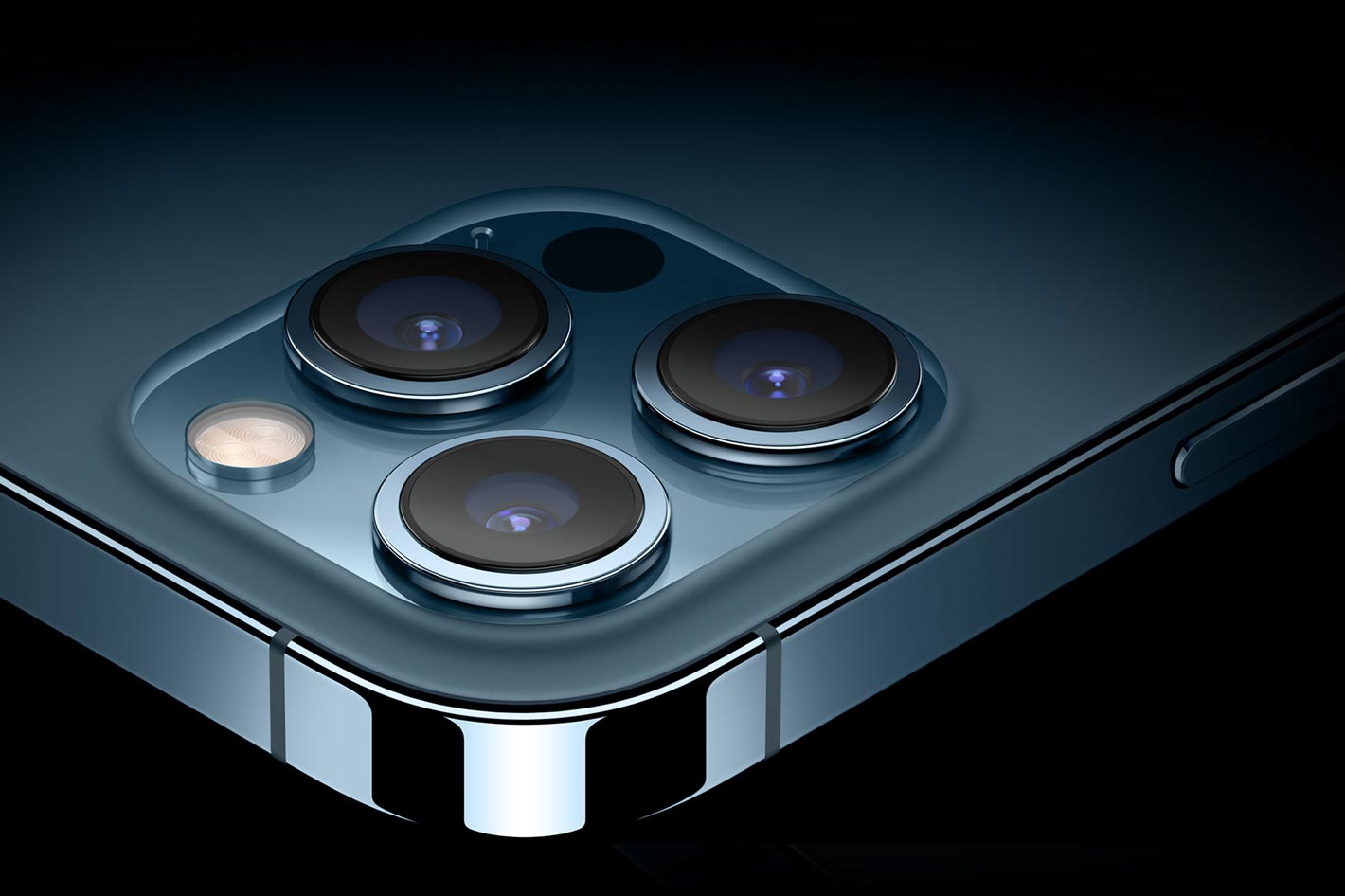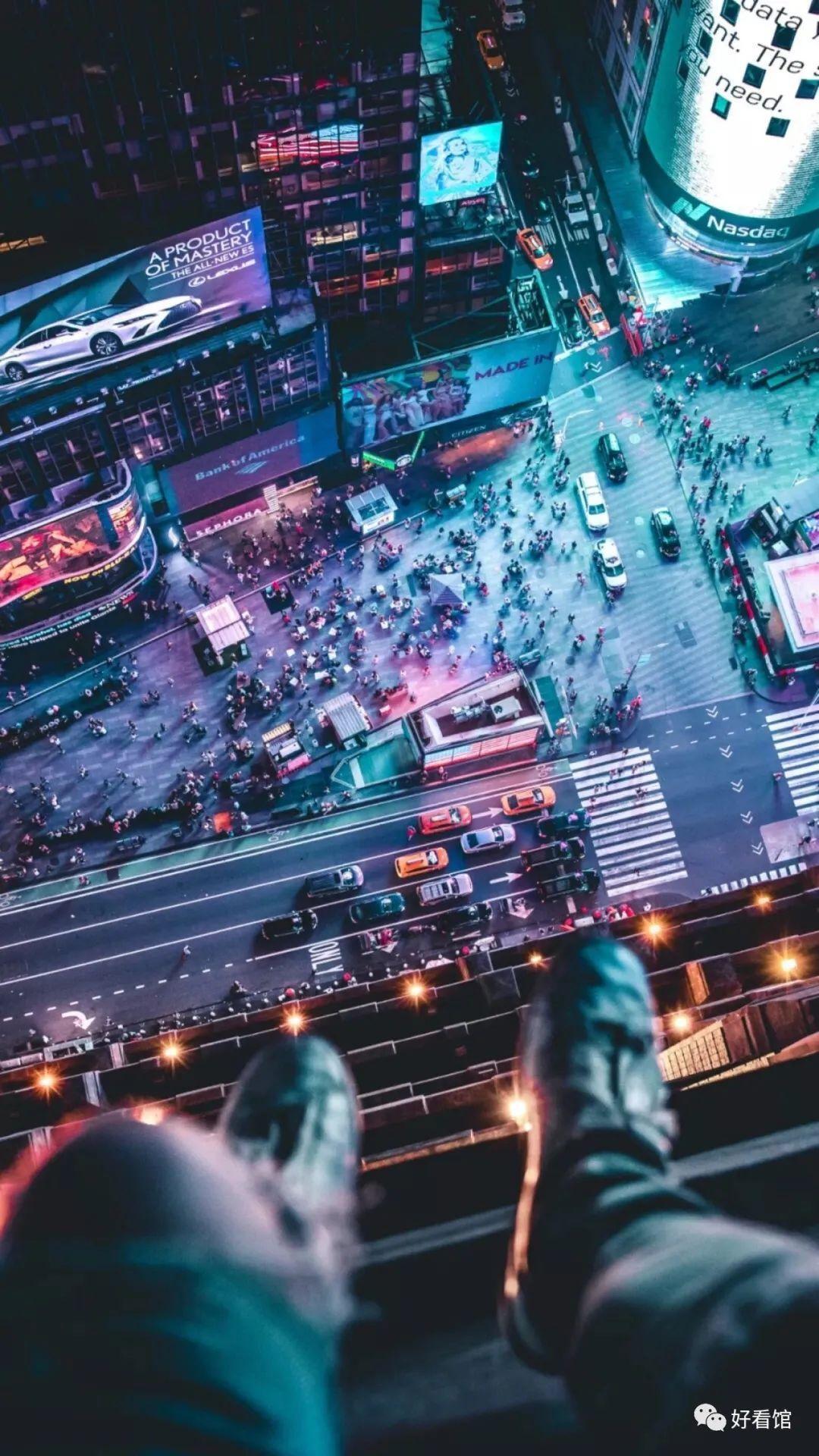

In addition to that, Apple bumped up the RAM from 4GB in the 11 Pro to 6GB in the 12 Pro. If you weren’t a fan of the 64GB base-storage option on the iPhone 11 Pro, then you’ll be happy to hear that you get 128GB to start, which is much more appropriate for a $1,000 phone in my opinion. Gaming on the 12 Pro is notably smoother than the 11 Pro for certain titles. And while the A13 felt far from sluggish, this is an even faster platform. Everywhere from image compression to speech recognition, the A14 processor is going to be a bit faster. When running benchmarks in Geekbench 5, it’s clear that the A14 Bionic chip brings some significant performance gains over the A13 on paper. The A14 even allows for 4K HDR Dolby-Vision video recording. The 16-core neural engine is going to improve deep fusion performance for photo processing. There are many ways in which the A14 brings improvements for all areas of the experience. The A14 is Apple’s first CPU to feature a 5-nanometer process, which essentially means the processor is going to consume less power while simultaneously offering much better performance than the A13. This processor is significant in multiple ways. iPhone 11 Pro Max (Midnight Green) and iPhone 12 Pro (Pacific Blue) A14 ProcessorĬoming hot off the heels of the A13 Bionic in the iPhone 11/11 Pro is the A14 Bionic. I think this was a great color choice from Apple to complement the sleek matte-frosted glass back on the 12 Pro. That isn’t a problem I have with the Pacific Blue color. And as a videographer, it’s been oftentimes quite difficult trying to capture the essence of the midnight green color on-camera. That isn’t something I could say for the Midnight Green 11 Pro. It’s much more pronounced, and you can always tell it’s a blue color no matter what angle or lighting situation you may be in. I’m a big fan of the new Pacific Blue color compared to last year’s midnight green. At the end of the day, glass is not invincible. My advice as always is to treat this phone just as carefully as would a previous-generation iPhone model. Apple claims you’re going to be getting 4x better drop performance with this new Ceramic Shield. Apple brags about how they were able to develop a formula for these crystals that maximizes the strength of the ceramic material while staying optically clear. Apple’s team managed to turn those crystals into transparent glass for the iPhone. The Ceramic Shield’s constructed with the use of nanoceramic crystals, which are harder than most metals. But apparently, the toughest glass still needed to get tougher, because now we have what Apple’s calling a Ceramic Shield for the iPhone 12 Pro.

The iPhone 11 Pro already had the toughest glass in a smartphone, according to Apple. It gets sufficiently bright outdoors, the color reproduction is excellent, and it generally speaking has that pop that you get from OLED displays. But as expected from a $1,000 flagship, the display is absolutely gorgeous. I can’t say I can see a difference between the 12 Pro and the 11 Pro as far as the resolution. The 12 Pro has the same Super Retina XDR OLED display found on the 11 Pro, but this year, we’re getting a slight bump in resolution, with the display now having a resolution of 2532 X 1170 compared to 1125 X 2436 from last year’s 11 Pro. Regardless of the size, though, viewing content on the 12 Pro is naturally very enjoyable. It gives me the perfect feel in the hand for usability and makes viewing content just a tad bit more enjoyable. However, I personally prefer this bump in the screen size. A lot of 9to5Mac readers have expressed their disapproval of this size increase. The display has undoubtedly been a big point of contention here for the 12 Pro, as the screen has now jumped from 5.8 inches on the 11 Pro to 6.1 inches. The 12 Pro now has an 86% screen-to-body ratio, which is only about a 4% increase - something that most people aren’t likely to notice without looking for it. The iPhone 11 Pro featured an 82.1% screen-to-body ratio. With this design change, there’s also been a slight improvement in the screen-to-body ratio. But when getting the device in my hands, I can safely say I see what the hype was all about. I personally never owned the iPhone 5/5S, so I’ve never had the true appreciation for this design that others do. The 12 Pro uses the same stainless steel frame as the 11 Pro as well, so there’s been no drop in quality with the design change. The 12 Pro is just a gram-heavier than the 11 Pro, so there isn’t a noticeable difference in weight. Subscribe to 9to5mac on YouTube for more videos DesignĪpple decided to give us a throwback to the beloved flat-edged iPhone 5/5S design, and it looks and feels incredible.


 0 kommentar(er)
0 kommentar(er)
